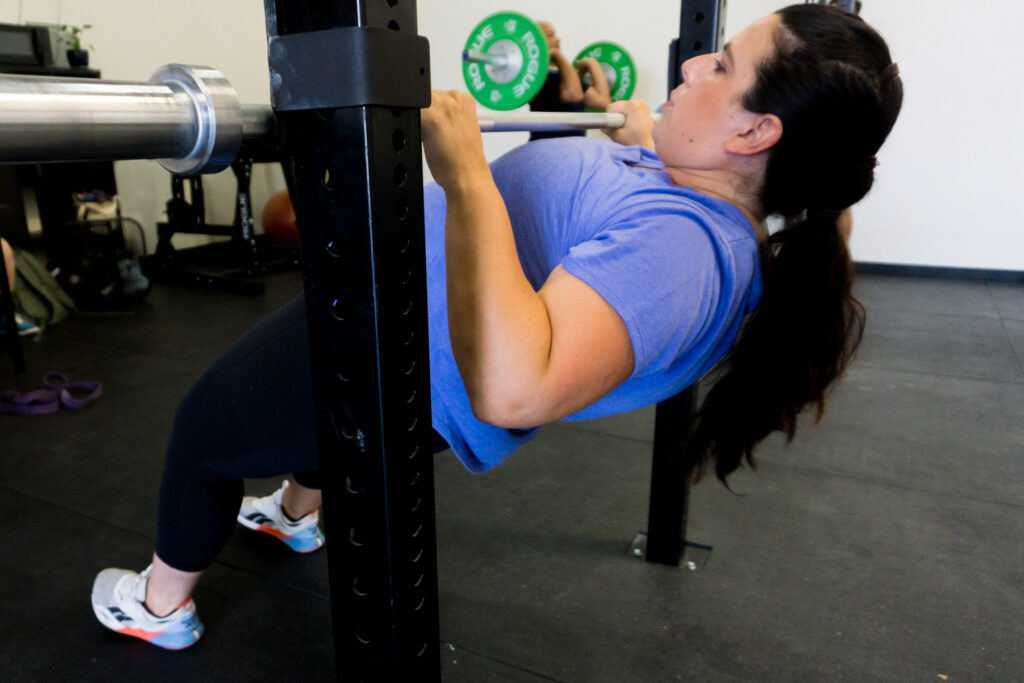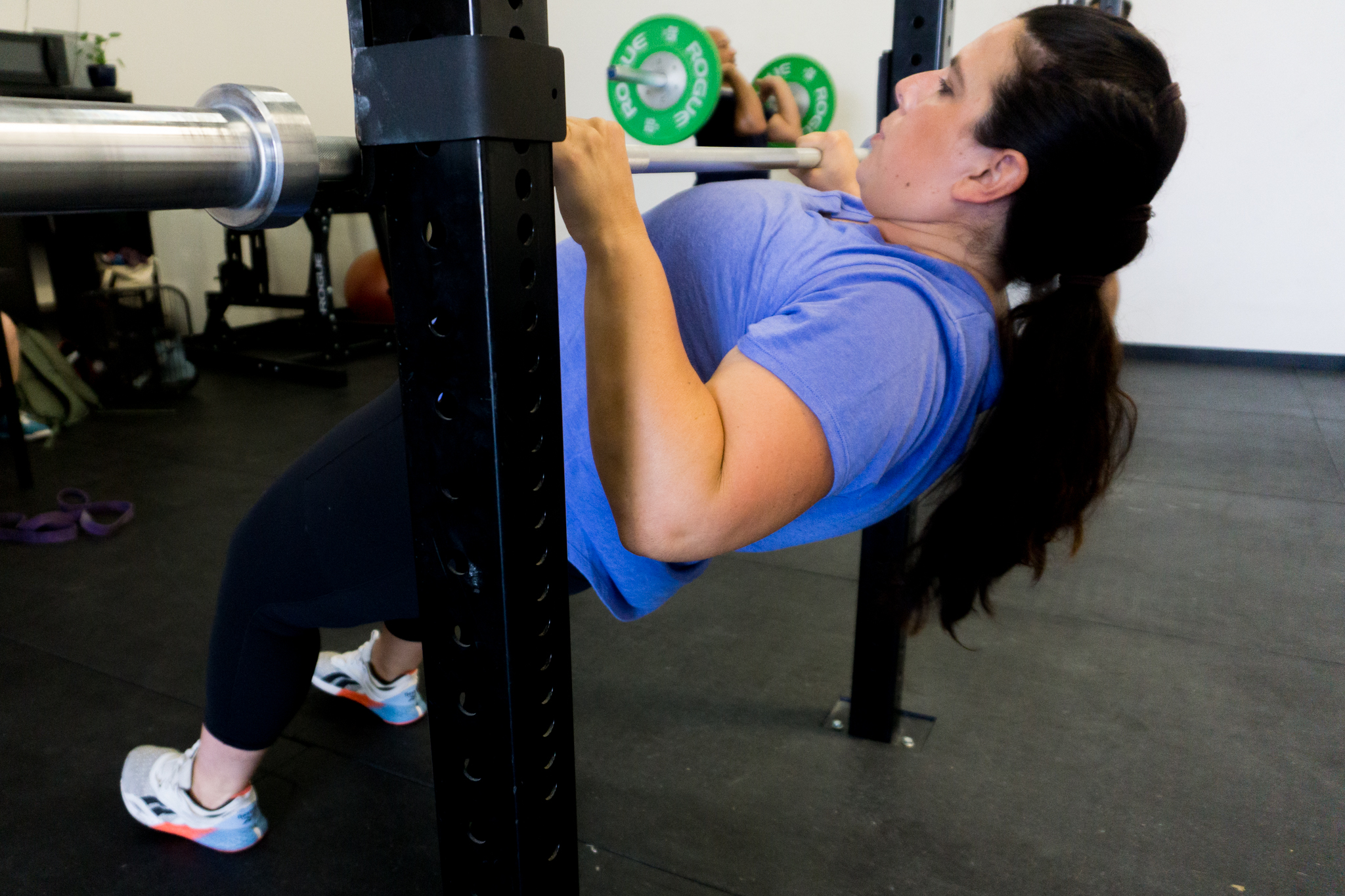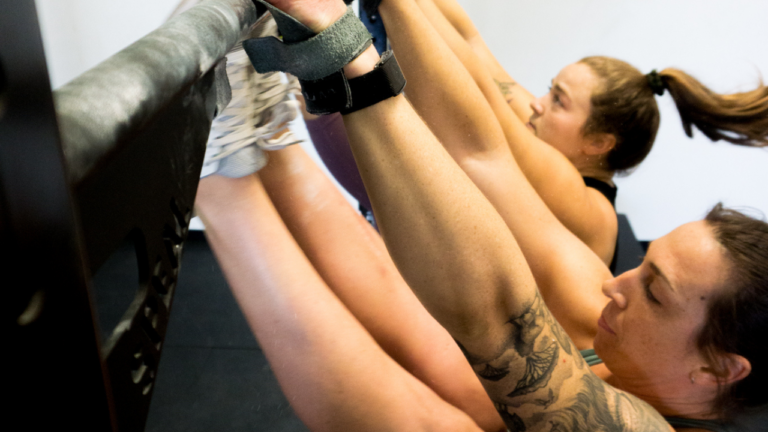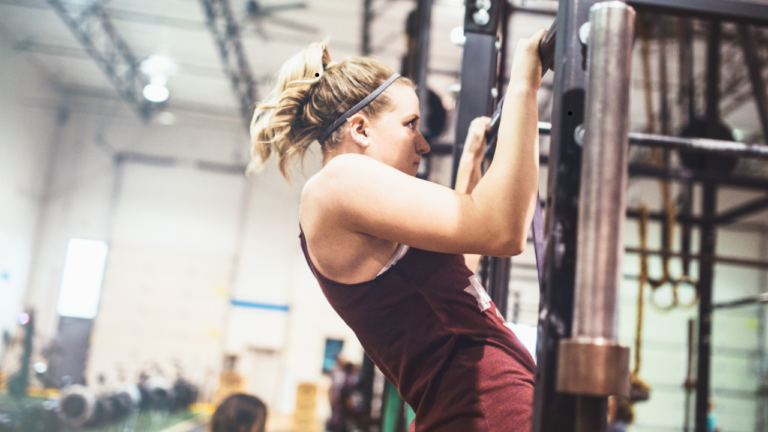10 Exercises Athletes Can Do to Get Stronger at Pull-Ups

Pull-ups are a fundamental exercise that can significantly enhance upper body strength and endurance.
Whether you’re a seasoned athlete looking to improve your performance or a beginner aiming to master the pull-up, incorporating a variety of exercises into your routine can help you progress.
Here are 10 exercises tailored to athletes seeking to enhance their pull-up strength.
- Toes Assisted Pull-Ups: Start with assisted pull-ups using your legs underneath the bar or rig to help you get your chin over the bar. This allows you to focus on proper form and gradually build strength by decreasing assistance over time.
- Negative Pull-Ups: Emphasize the eccentric phase of the pull-up by starting at the top position and lowering yourself down slowly. This helps develop muscle control and strength, especially during the lowering phase of the exercise. We also love “box finishing” pull-ups which incorporate in the negative portion at the top.
- Isometric Holds: Incorporate isometric holds at different points of the pull-up motion, such as chin over the bar or halfway up. Hold each position for as long as possible to build strength and stability in those specific ranges of motion.
- Scapular Retraction Exercises: Strengthen the muscles responsible for scapular retraction, such as the rhomboids and lower traps, with exercises like band pull-aparts, face pulls, and scapular retractions. Improved scapular stability enhances your ability to initiate and control the pull-up movement.
- Lat Pulldowns: Perform lat pulldowns using various grips, such as wide, narrow, and reverse grips, to target different muscle groups in the back. This exercise helps build overall back strength, which is essential for powering through pull-ups.
- Rows: Incorporate rowing variations like barbell rows, dumbbell rows, and inverted rows to strengthen the muscles of the upper back, including the lats, rhomboids, and traps. A strong back is crucial for maintaining proper posture and form during pull-ups.
- Core Exercises: Strengthen your core muscles, including the rectus abdominis, obliques, and transverse abdominis, with exercises like planks, hanging leg raises, and Russian twists. A stable core provides the foundation for generating power and transferring force during pull-ups.
- Grip Strength Training: Improve your grip strength with exercises like farmer’s carries, dead hangs, and wrist curls. A strong grip ensures you can maintain your hold on the bar throughout the pull-up set, reducing the risk of fatigue-induced failure.
- Assisted Chin-Ups: Similar to assisted pull-ups, use assistance to perform chin-ups (palms facing you). Chin-ups target the biceps more intensely and can help build strength for pull-ups, especially if weak biceps are a limiting factor.
- Pyramid Sets: Incorporate pyramid sets into your pull-up training routine, starting with a low number of reps and gradually increasing until reaching your maximum, then decreasing reps again. This method helps build endurance and strength simultaneously.
By incorporating these 10 exercises into your training regimen, athletes can systematically improve their strength and performance in pull-ups.
Consistency, proper form, and progressive overload are key principles to follow for continued progress. Remember to listen to your body, rest adequately, and consult with a fitness professional if you have any concerns or specific training goals.
With dedication and perseverance, you’ll be well on your way to mastering the pull-up and achieving your fitness objectives.






